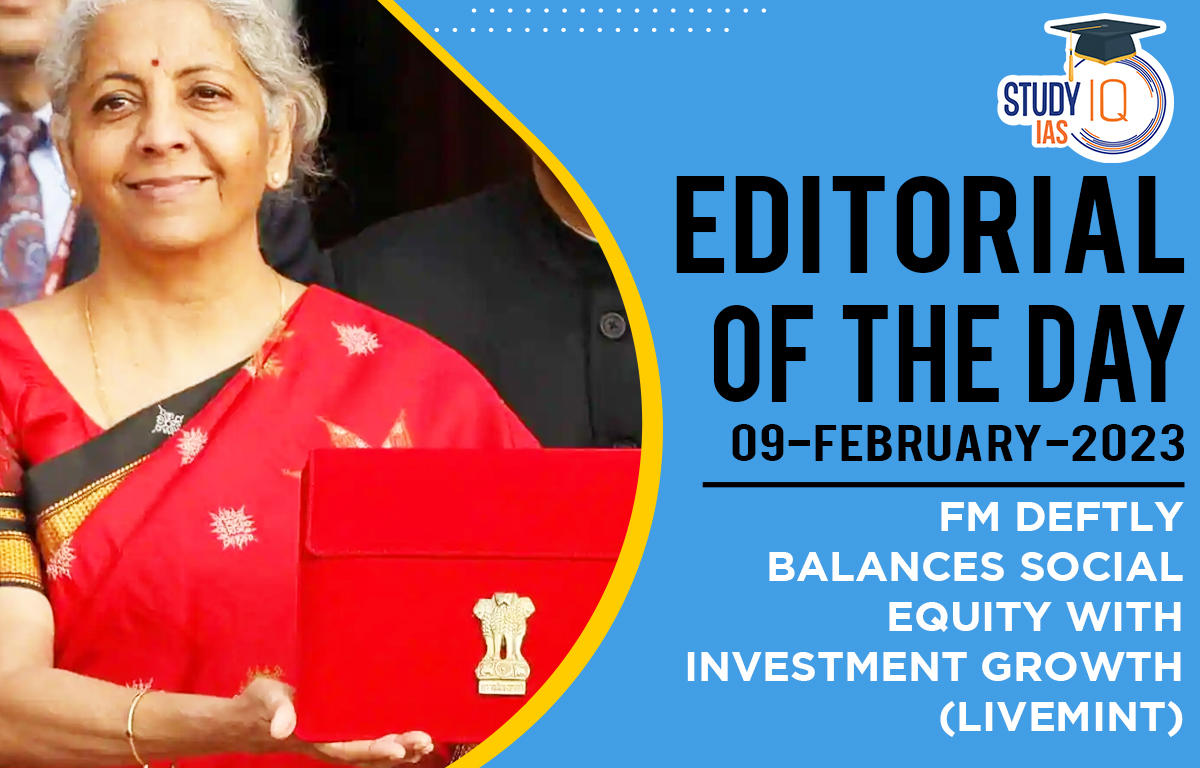The article discusses the various aspects of the budget 2023-24, which reflect the Government of India’s intention of steady growth, in the backdrop of economic uncertainty, a recessionary outlook, and continued geo-political turmoil.
A focus of the budget this year is on building a self-reliant India, boosting domestic manufacturing capacity, promoting exports and attracting foreign capital. Such endeavours can be achieved through the following steps visible in the budget:
- Macroeconomic Stability: Adherence to the 6.4% fiscal deficit target in FY23 will help in making available money for private entrepreneurs and create a salutary impact on the broader economy. Also, a stable fiscal regime will enable currency stability and greater formalization of the economy.
- Growth driven by capital expenditure: For the third time in a row, the government has increased capital expenditure. This continues with a 33% increase in capex outlay to INR 10 trillion, or about 3.3% of the GDP. This will likely enable a robust infra-led economy in the long term. This reflects consistency in policymaking.
- The move to extend interest-free loans for another year to the states is a strong signal of consistency and discipline with an eye on long-term benefits rather than short-term SOPs.
- Entrepreneurship as a growth driver: Budget appreciates and recognizes that the startup ecosystem is a crucial high-value job creator in the country. This is visible in the announcement on extending the income tax benefit date to start-ups.
- The budget has also proposed an Agri Accelerator fund, public credit infrastructure for credit, and the National Data Governance Policy for enabling Entrepreneurship.
- Also, to enable manufacturing and ease of doing business, the government has announced reduced compliances (some 39,000!), enhanced credit guarantees, nimbler KYC using only the PAN, faster dispute resolution and rationalizing duties for handset components.
- Voice to the middle class: The budget has proposed initiatives for the middle class like 66% growth in PMAY for the affordable housing sector, and changes in taxation to increase domestic consumption.





















 WhatsApp
WhatsApp